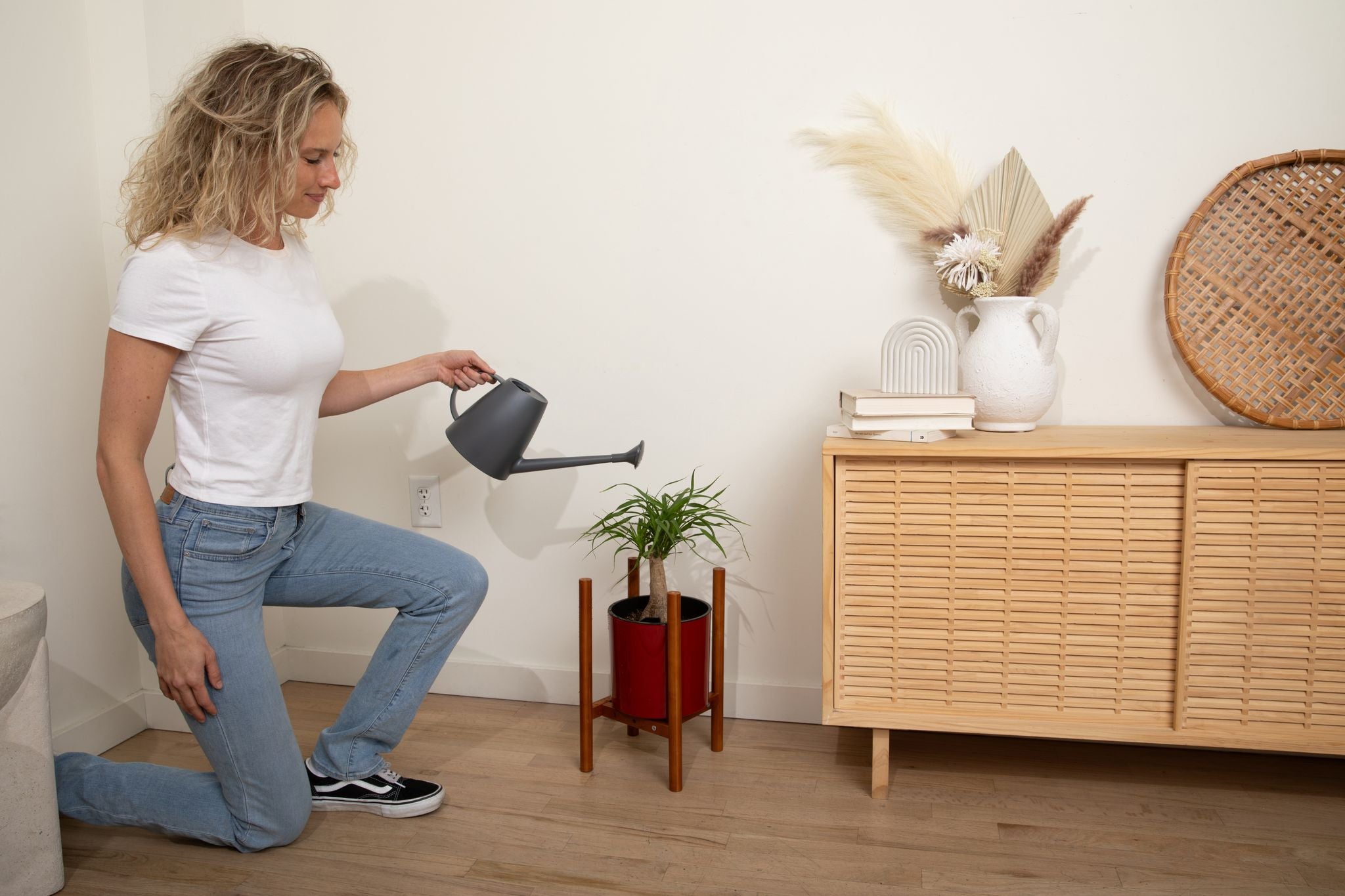The Basics of Succulent Care
If at first you don't succeed...
Succulents add a burst of unique flair to any indoor or outdoor garden, and they can thrive with only minimal attention. So long as species-specific care requirements are met, it is possible to maintain a healthy succulent garden in nearly any indoor or outdoor setting. However, even experienced gardeners face challenges when figuring out the best way to care for these distinctive plants. If you are considering adding succulents to your botanical menagerie, here is some helpful information that can help you avoid common pitfalls to caring for cacti and other succulent varieties.
Basic Succulent Care – Avoid Overwatering!
All succulent plants store water in their fleshy leaves, stems, and roots, so they require very little watering – so little in fact, overwatering is a very common problem. An overwatered succulent will lose its luster and feel soggy to the touch. Foliage will become very delicate and begin to shed excessively, and severe overwatering will actually cause the plant to rot from the inside out.
If you have overwatered your cactus or other succulent, don’t fret! The problem can be easily remedied by replanting in well-draining soil. Our Cactus and Succulent Potting Mix is a great option, as this potting soil has been specially designed to ensure healthy drainage and aeration for desert plants. Well-draining soil is crucial for your succulent to succeed, so if moisture control issues persist, consider repotting in a free draining succulent pot, as it's likely your container that isn't draining properly.
Growing Succulents Indoors & Outdoors
Succulents make very attractive houseplants, and these botanical beauties are becoming increasingly popular as indoor décor. Most succulents need at least four hours of direct sunlight per day, so these sun-loving desert plants prefer a bright spot when grown indoors. For outdoor cultivation, choose an area that receives sufficient direct sunlight and cover the plants if temperatures drop below freezing. Gardeners should consider breed-specific lighting and climate requirements when selecting a new cactus or succulent plant, as these plants can vary substantially in lighting requirements as well as drought and frost resistance. If you find that it's difficult to get adequate lighting in your home, consider picking up a grow light.
Pruning & Replanting Cuttings From Your Succulent
Echeverias, aloe plants, and other succulents naturally shed their lower leaves. Older leaves will become papery and slough off, as in the wild these dead and dying leaves help shade the stem from the hot desert sun. However, if you find them unsightly, prune them off carefully.
If your succulent has taken on an odd, stretched-out look, either due to under lighting or the plant’s natural growth, cut the stem one inch below healthy leaves and replant the rosette as a cutting. Succulents can be easily cultivated by taking cuttings, and a single plant can give rise to an entire landscape if properly cared for. Always use pruning shears when trimming foliage to minimize trauma to the plant when taking cuttings or removing old or sickly growth, our Pro Snips are a highly recommended tool for pruning.

